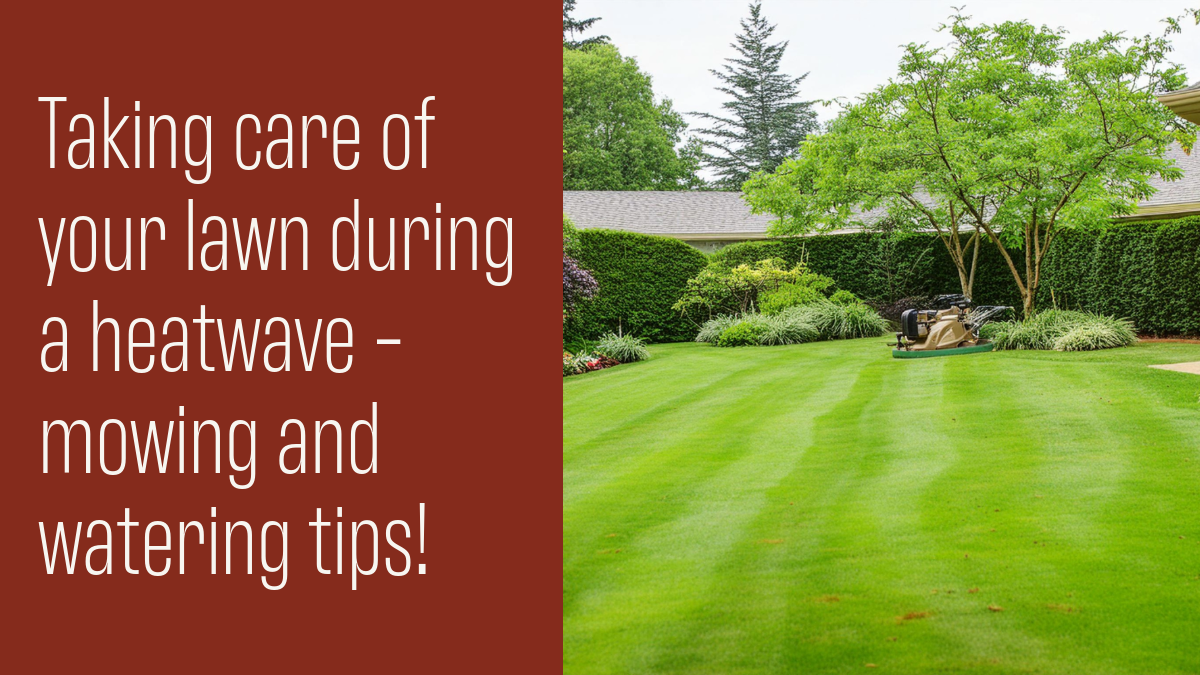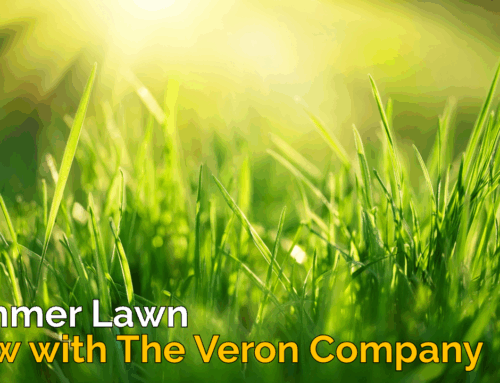When the summer heatwave hits, your lawn can suffer without proper care. To ensure your grass stays green and healthy during extreme temperatures, it’s essential to follow expert mowing and watering tips. By understanding the impact of heat on your lawn and implementing the right techniques, you can heatwave-proof your outdoor space and maintain a lush, vibrant yard all season long.
Understanding the Impact of Heat on Your Lawn
A heatwave poses a serious challenge to the health and vitality of your lawn. The combination of scorching temperatures and unrelenting sunlight can push your grass to its limits. This intense environment accelerates the loss of moisture from the soil and grass, making it difficult for the lawn to stay lush and resilient. As the moisture evaporates more rapidly than it can be replenished, the grass blades begin to lose their vigor, turning brittle and susceptible to damage. The roots, struggling in the overheated soil, can no longer efficiently absorb the nutrients and water necessary for growth and maintenance. This stress not only halts the development of new grass but can exacerbate the vulnerability of the lawn to pests, diseases, and further environmental stresses. Brown patches may start to appear, signifying areas where the grass has gone dormant or died due to the inability to cope with the heat. Without intervention, these conditions can lead to widespread thinning and potentially irreversible damage to your once vibrant lawn. Recognizing the signs of heat stress early and understanding the mechanisms behind it are the first steps in crafting an effective response to safeguard your green space during the sweltering summer months.
The Art of Mowing: Best Practices for Hot Weather
In the grip of a heatwave, adjusting your lawn mowing strategy becomes crucial for promoting a resilient and healthy yard. One of the key adjustments is to increase the height of your lawn mower blades. Opting for a longer grass length provides essential shade to the ground below, significantly reducing moisture evaporation and keeping soil temperatures more moderate. This shade not only conserves water but also offers protection to the root systems from the punishing heat, fostering a stronger, more drought-resistant lawn.
Timing also plays a pivotal role in mowing during hot weather. It’s advisable to cut the grass either in the early morning or late evening when the day’s heat is less intense. These cooler parts of the day reduce the amount of stress placed on the grass and minimize the risk of the blades scorching or becoming dehydrated after cutting. This approach helps preserve the lawn’s integrity and vitality, even as temperatures soar.
Additionally, leaving the grass clippings on the lawn can further aid in retaining moisture. These clippings act as a natural mulch, breaking down and returning essential nutrients to the soil, which can be particularly beneficial during periods of high heat when the lawn might be experiencing increased stress. Implementing these mowing practices not only contributes to a healthier lawn but also supports a more sustainable and water-efficient landscape management during the challenging conditions of a heatwave.
Watering Wisely: Techniques for Efficient Hydration
To optimize your lawn’s hydration during a heatwave, it’s essential to adopt smart watering techniques that ensure water reaches the roots where it’s most needed, without wasteful runoff or evaporation. Start by watering your lawn deeply but infrequently, which encourages roots to grow deeper into the soil, making them more drought-resistant. Aim for a soaking that penetrates at least 6 inches into the soil, as this depth effectively nurtures the root system.
The timing of watering is also crucial for efficient hydration. Watering in the early morning hours, just before sunrise, maximizes absorption by ensuring that the water can seep into the soil before the sun’s intensity increases evaporation. This timing also helps in preventing the onset of lawn diseases that can occur when water sits on the grass overnight.
In addition to these practices, consider installing a rain gauge in your garden to accurately measure how much water your lawn receives from rainfall. Adjust your watering schedule accordingly to ensure your lawn receives approximately 1 to 1.5 inches of water per week, including rainwater. This consistent measurement helps avoid over or under-watering, both of which can stress your lawn during a heatwave.
For those using sprinkler systems, ensure they are correctly positioned to minimize water waste and to provide even coverage across your lawn. Upgrading to a smart irrigation system can further enhance water efficiency by automatically adjusting watering schedules based on weather conditions, ensuring your lawn receives the ideal amount of hydration without manual adjustments.
Implementing these watering techniques will significantly improve your lawn’s ability to withstand a heatwave, keeping it hydrated, healthy, and resilient during the most challenging conditions.
Mulching: A Secret Weapon Against Heat
Mulching serves as an effective strategy for combatting the harsh effects of a heatwave on your lawn and garden. By applying a layer of mulch around your plants, you create a barrier that significantly enhances moisture retention in the soil. This barrier not only conserves water but also plays a critical role in regulating soil temperature, ensuring that the roots of your plants are protected from the extreme heat.
The benefits of mulching extend beyond just moisture conservation and temperature regulation. Mulch helps to reduce water evaporation from the soil surface, allowing your plants to remain hydrated for longer periods. This is particularly vital during a heatwave when the sun’s rays can quickly dry out the topsoil. Moreover, mulch acts as a deterrent for weeds that compete with your lawn and garden plants for precious resources like water and nutrients. By suppressing weed growth, mulch ensures that your plants have unimpeded access to the resources they need to withstand the stress of high temperatures.
For best results, choose an organic mulch such as shredded bark, straw, or leaf litter. These materials not only provide the aforementioned benefits but also gradually break down over time, enriching the soil with organic matter and improving its overall health and fertility. When applying mulch, aim for a thickness of about 2 to 3 inches, being careful not to pile it against the stems or trunks of plants, as this can lead to moisture-related diseases.
Incorporating mulching into your lawn and garden care routine during a heatwave can significantly mitigate the adverse effects of high temperatures, helping your outdoor spaces remain lush, vibrant, and healthy despite the challenging conditions.
Adjusting Fertilizer Use During High Temperatures
In the peak of summer heat, adjusting how and when you fertilize your lawn is crucial to prevent added stress on your grass. The high temperatures can exacerbate the effects of fertilizers, potentially leading to lawn burn and further weakening grass that is already struggling under the harsh conditions. Instead of following your regular fertilization schedule, it’s advisable to postpone this task until the weather cools. This pause allows the grass to focus on survival, conserving energy for root development and moisture retention rather than trying to grow rapidly in response to fertilizer application.
When the climate begins to moderate, reintroducing fertilizer can be beneficial for restoring nutrient levels and encouraging healthy growth as the lawn recovers from the summer stress. It’s important to select a fertilizer suited to the specific needs of your lawn, ideally one with a balanced blend of nutrients to promote recovery without overwhelming the grass. Applying fertilizer during cooler temperatures reduces the risk of burning and ensures the nutrients are utilized more effectively as the grass is in an optimal state to absorb and benefit from the treatment.
This approach to fertilizer use during high temperatures not only prevents potential damage but also aligns with the overall goal of maintaining a resilient and healthy lawn through the challenges of a heatwave. By carefully timing and selecting your fertilization practices, you can help your lawn emerge from the summer months in the best possible condition, ready for the lush growth of the cooler seasons ahead.
Recognizing and Managing Heat Stress in Lawns
Identifying the signs of heat stress early is vital for the health of your lawn during a heatwave. Look for indicators such as wilting leaves, a general browning of grass blades, and a noticeable slowdown in growth. These symptoms suggest that your lawn is struggling to cope with the extreme conditions. To combat this, consider increasing the frequency of your watering schedule to provide your grass with the moisture it desperately needs during these periods. Additionally, making adjustments to how you mow—such as raising the height of your mower blades—can offer relief to stressed grass, promoting recovery and resilience. By taking these proactive steps, you can address heat stress effectively, helping your lawn to recover more swiftly and maintain its health throughout the summer.
Give us call to learn more and let us defend your lawn this summer!!







